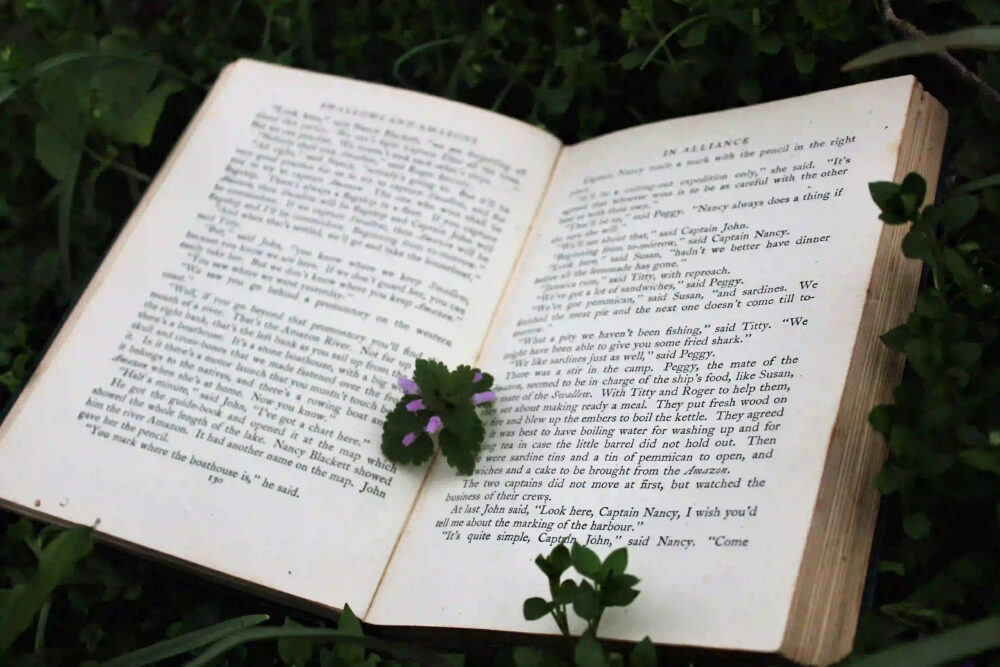In a world often filled with uncertainty and despair, hope emerges as a powerful force that can uplift our spirits, inspire us, and guide us towards a brighter future. Throughout history, literature has served as a vessel for conveying the transformative power of hope, offering readers stories that resonate deep within their souls and ignite a flicker of optimism even in the darkest of times.
The Essence of Hope
Hope, in its essence, is the belief that better days lie ahead. It is the unwavering conviction that there is light at the end of the tunnel, even when all seems lost. It fuels our dreams and aspirations, reminding us that we have the strength to overcome obstacles and forge our own paths. Literature, with its ability to transport us into different worlds and perspectives, has the remarkable capacity to kindle this flame of hope within us.
Inspiring Characters and their Journey
Inspirational stories in literature often revolve around characters who face seemingly insurmountable challenges but find the strength within themselves to persevere and triumph. These characters become beacons of hope, teaching us that even in the face of adversity, there is always a glimmer of possibility.
One such character is Jean Valjean from Victor Hugo’s Les Misérables. Imprisoned for stealing a loaf of bread, Valjean endures a life of hardship and injustice. However, through acts of kindness and the unwavering belief in the inherent goodness of humanity, he transforms himself into a symbol of hope, inspiring others to rise above their circumstances.
Another example is Atticus Finch from Harper Lee’s To Kill a Mockingbird. In a deeply divided society riddled with prejudice, Atticus stands as an embodiment of hope and justice. With unwavering integrity and compassion, he defends an innocent man against false accusations, teaching his children and readers alike that even in the face of overwhelming odds, it is crucial to fight for what is right.
Themes of Resilience and Redemption
Inspirational stories often explore themes of resilience and redemption, showcasing the transformative power of hope in the face of adversity. These narratives remind us that no matter how dire our circumstances may seem, there is always the possibility of redemption and growth.
Take, for instance, Charles Dickens’ A Tale of Two Cities. Set against the backdrop of the French Revolution, the novel follows the intertwined lives of characters who find hope and redemption amidst the chaos and violence of the era. Through acts of sacrifice and selflessness, these characters demonstrate the inherent capacity for change and the possibility of a brighter future.
The Ripple Effect of Hope
The impact of hope extends beyond the individual; it has the power to inspire entire communities and shape the course of history. When we encounter stories that embody hope, we are reminded of our collective potential to bring about positive change.
One example is Malala Yousafzai’s memoir, I Am Malala. Her story of resilience and unwavering hope in the face of oppression has sparked a global movement for girls’ education. Through her voice, countless individuals have been inspired to stand up for their rights, perpetuating a cycle of hope and empowerment.
Conclusion
Inspirational stories in literature serve as a testament to the enduring power of hope. They remind us that even in the darkest of times, there is always a glimmer of light. Through the struggles and triumphs of fictional characters, we find solace, inspiration, and the belief that our own stories can be transformed. So, let us immerse ourselves in the pages of these extraordinary tales and allow the power of hope to illuminate our own lives.
Note: This blog post was written by a passionate writer who believes in the transformative power of literature. The opinions expressed in this post are solely those of the writer and do not necessarily reflect the views of the website or its affiliates.
